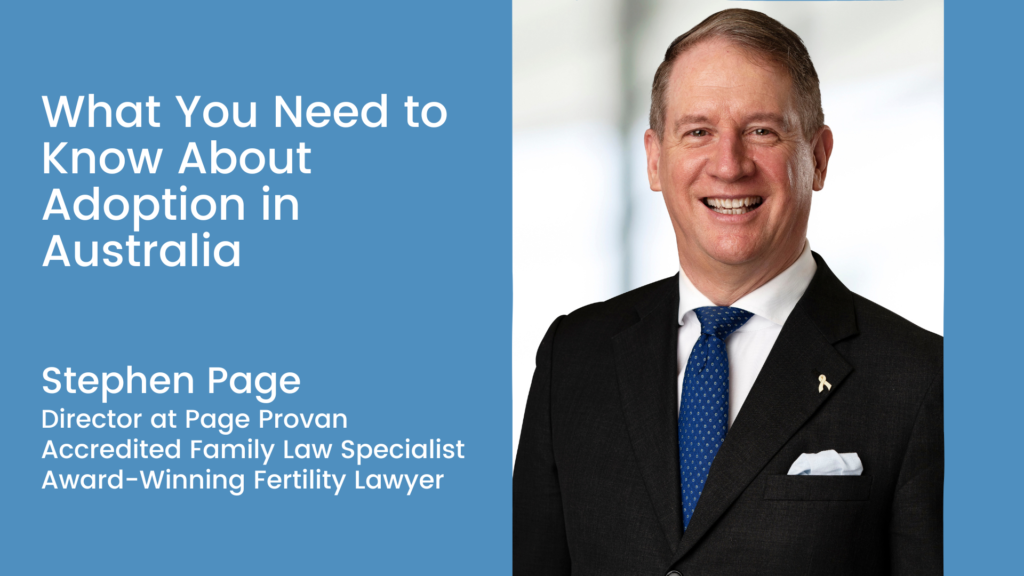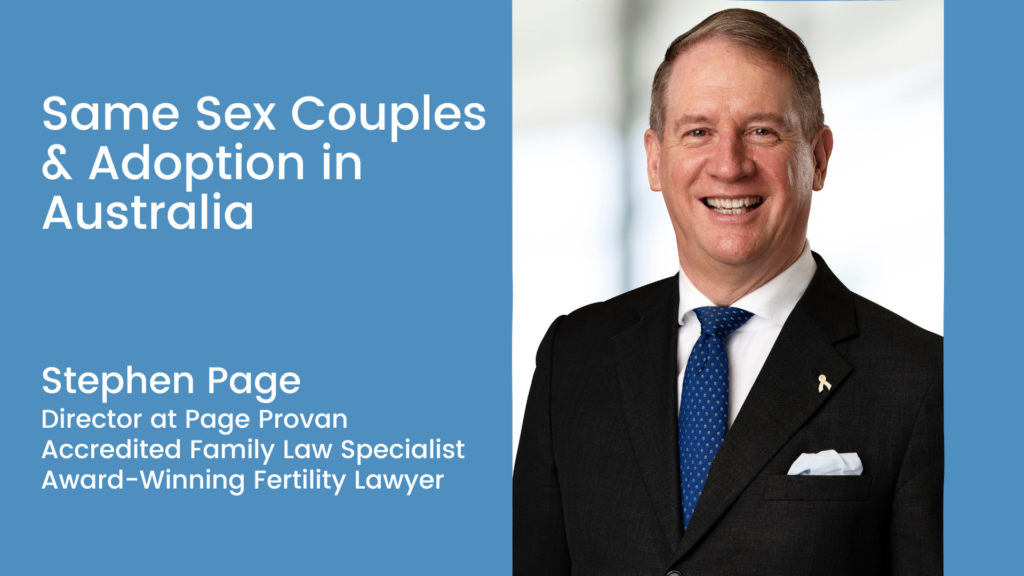Defending a Hague Convention case
Hague cases are technically demanding, and it is essential to get the detail right- first time. Because they are often dealt with very quickly, attempting to patch up a defence to a Hague case because of mistakes made earlier may be too little, too late. It is essential when defending a Hague matter not to jump to conclusions, and to examine the evidence very carefully.
So that I am not speaking in tongues, a Hague case is one brought under the Hague Child Abduction Convention of 1980. The concept of a Hague case is really simple- it is designed that by the most efficient means that the children will be returned to the country that they came from.
There are some tricks to Hague cases, and cases when they are defended sometimes turn on hotly contested facts, but here goes:
- A child is taken from country A to country B.
- Both countries have to have signed up to the Hague Child Abduction Convention. Sometimes this is called ratification, but could be accession or succession.
- An added trick is that even if a country has signed up to the Hague Child Abduction Convention, they may not have signed up with the other country. In other words, both have signed up, but not with each other. This is because one country may have placed a reservation with the other country.
- The child was wrongfully removed from the first country or if properly removed from the first country was wrongfully retained in the second country. It is important to check that there was a wrongful removal, if that is alleged. It may be that because of the laws of country A that what at first glance is wrongful turns out not to be so.
- The first country must be the child’s habitual country of residence. If not the Convention does not apply.
- The wrongful removal or wrongful retention was in breach of rights of custody of a person. “Custody” has technical requirements and includes the right to determine where the child can live. In Australia, the term “custody” is generally not used. The term “custody” within the meaning of the Convention would in Australia generally equate to parental responsibility. The question of this breach can depend on complex facts and law, and needs to be checked carefully.
- The person whose rights of custody have been breached then approaches the government in their country which then sends paperwork to the Australian government, which then sends them to the local authorities, such as the NSW Central Authority, to apply to the Family Court to have the child returned.
- That person must have, but for the actions complained of, been exercising rights of custody before the removal or retention.
- The child must be under 16.
- The application has been made within 1 year of the wrongful removal or retention.
As you can see, even with this thumbnail sketch, Hague applications are very technical matters.
In defending a Hague matter, it is usually better to be able to defeat it on one of these technical points, rather than have to rely on one of the five defences. The reason is simple- even if the defence is made out, it is then a matter of discretion for the judge about whether the child should return. Quite often the judge will find that the defence is made out, but in light of the overall requirements of the convention order the child to go home.
The five defences are:
- the person was not exercising rights of custody
- the person consented or acquiesced to the removal or retention
- there is a grave risk to the child who would be placed in an intolerable situation of being returned (this can be a very tricky defence to establish)
- a mature child objects to being returned- and has a strength of feeling on the point that goes beyond mere wishes
- it would be a breach of human rights and fundamental freedoms to return the child
It is a mistake to assume that the basis of the Convention is that the best interests of the child are the paramount concern. This is not the basis of the Convention. The Convention is designed to ensure a quick return of the child back to their home country, where matters such as with whom the child can live will then be determined. Judges have often said that their role is NOT to determine best interests. that can be determined somewhere else.
I have enjoyed both prosecuting and defending Hague cases in Australia and overseas.












